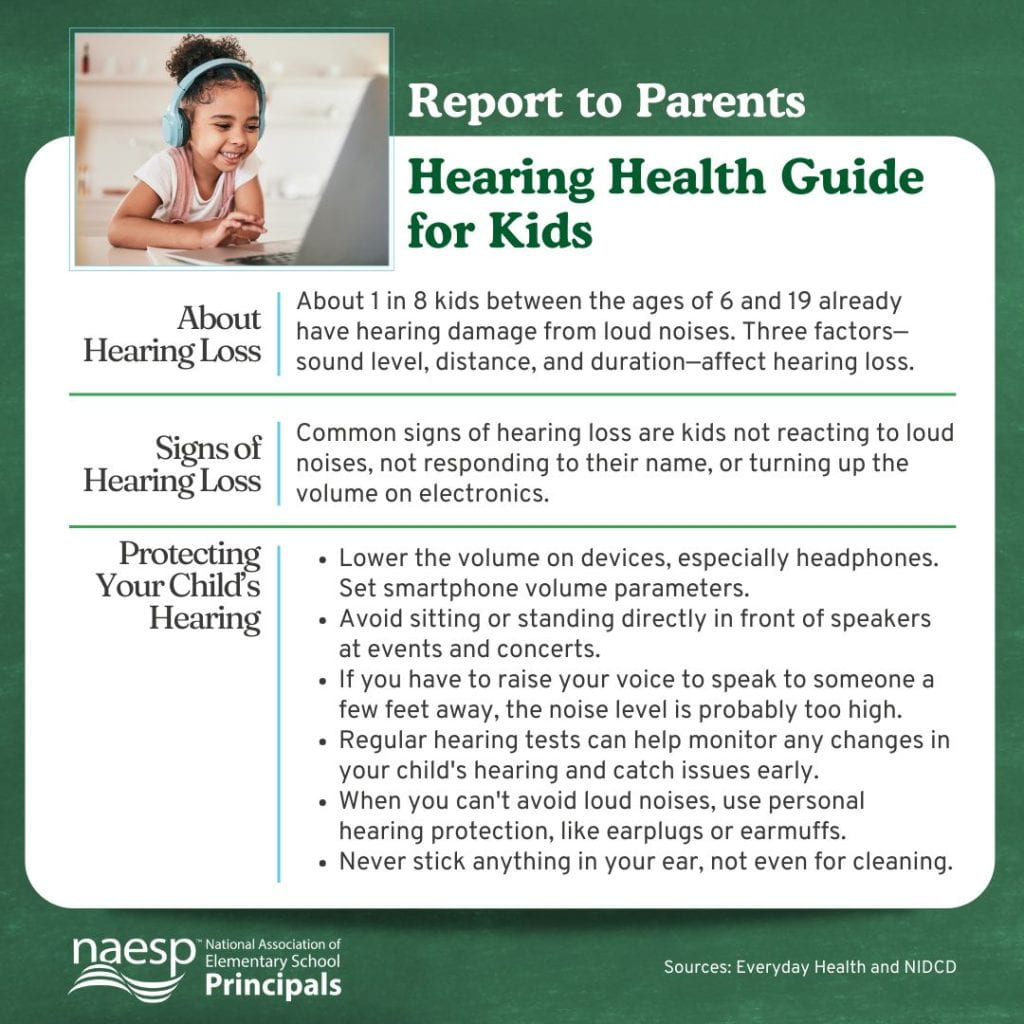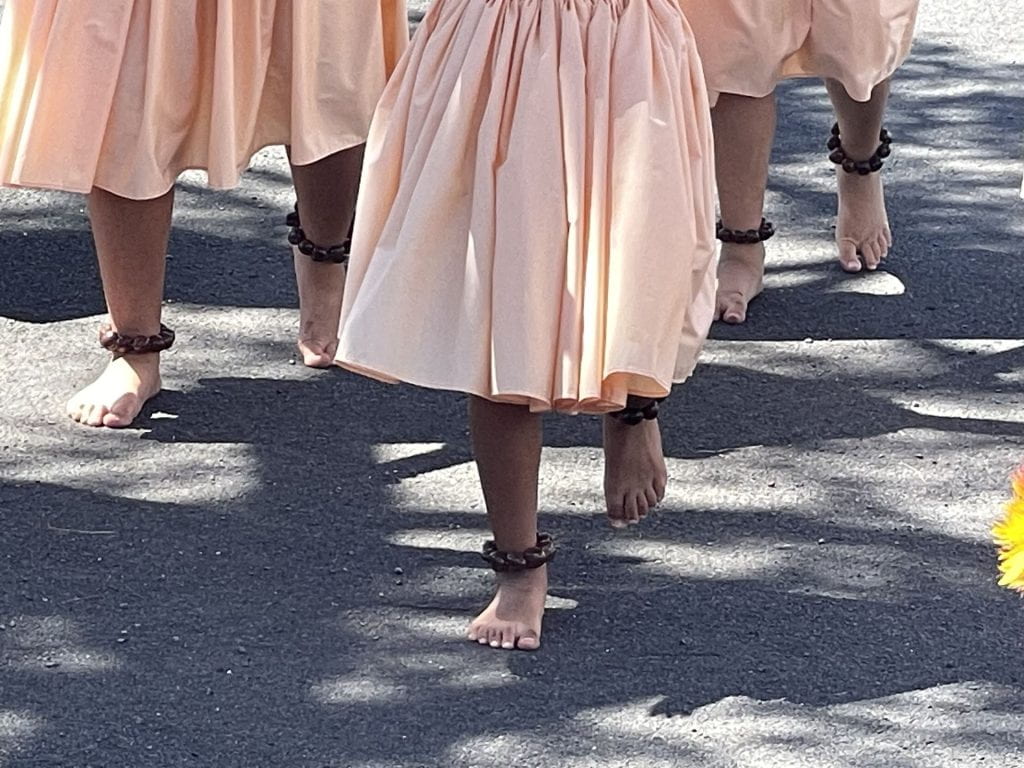E ʻoluʻolu i ka mea i loaʻa. #367
Be contented with what one has.
Pukui, Mary Kawena, (1983). ʻŌlelo Noʻeau
ALOHA FOCUS FOR THE WEEK: ʻOLUʻOLU
When we decided to have Aloha serve as the foundation of our school wide behavior expectations, one of the criticisms I heard was, “Aloha doesn’t solve all our problems. It won’t stop kids from bullying.” It was as they were implying that practicing Aloha was seen as a sign of weakness; a feeble shield against a slew of arrows…or perhaps a soggy apology compared to a merciless, belittling tongue lashing.
Yet, as an educator of 31 years and a father of young adults, I have seen the longterm after effects of discipline without Aloha. I have also witnessed the transformative power of aloha in both adults and students. But, Aloha is a discipline. It takes practice and intention. And when applied correctly, it empowers the victim while educating the offender.
Several years ago, two students approached me, complaining that their classmate was bullying them. While their teacher was working with other students, the classmate would surreptitiously kick them and say things to intimidate them. At first I attempted to use traditional forms of discipline: detention, scolding, suspension. However, none of these practices seemed to have an effect as the incidences continued after temporarily pausing following each punishment. Finally, I decided to attempt a different approach.
I gathered the three students and had a conversation. The two who felt bullied shared how they were made to feel. The classmate then shared that he didn’t know why he picked on others and seemed to imply that he couldn’t control his impulses. When asked what the classmate could do to make things right, they both said they wanted an apology and a promise never to do it again which the classmate readily did. However, I suspected he could not keep that promise. So I asked all parties if we could do something to assist the classmate in keeping his promise. They agreed and we came up with a system where we would meet every week and rate the classmate’s demonstration of his promise. After meeting weekly for the remainder of the year, the classmate stopped picking on the two students, or any other students for that matter.
Nothing punitive was needed to change behavior. But the two students needed to feel like they had control over what was happening. By having voice and providing feedback, they were no longer victims. By receiving feedback and seeing the two students as empowered individuals, the classmate was able to control his impulses to pick on others. All experienced ʻoluʻolu the gentle, yet strong backbone of Aloha. The two students stood up for themselves and were honest in their weekly ratings. The classmate was not belittled or shamed. Instead, he was given the information he needed to improve, for which he became proud to do by the end.
Uncle Pono Shim once told me that Aloha is not a weapon to wield against others. It is kind, compassionate, and patient – but it is certainly not weak. Anything unbreakable such as Aloha can never be weak.
5 PURSUITS of ʻOLUʻOLU:
Inspired by Gholdy Muhammad
In honor of this week’s STEM Hōʻike, please watch The Most Magnificent Idea written and illustrated by Ashley Spires. Then with you child, answer the following:
- IDENTITY: Share with you ʻohana about your STEM Hōʻike project and how you needed to persevere through failures and mistakes as you attempted to come up with a solution.
- SKILLS: Provide examples from the story that demonstrates the girl’s perseverance.
- INTELLECT: Research inventors who are from Hawaiʻi and how they changed the world.
- CRITICALITY: Think of a ʻMagnificent Idea’ that can improve our community and help others be safe and thrive.
- JOY: As an ohana visit a Makerspace for keiki either at the Liliha Public Library or at Vivstop Honolulu (offers free membership).
HEARING HEALTH – ACT NOW TO PREVENT PERMANENT DAMAGE
Did you know that 1 in every 8 kids between the ages of 6 and 19 already have hearing damage from loud noises? Especially while your children are young, you can prevent Noise-Induced Hearing Loss (NIHL) and avoid permanent damage to their hearing.

CONTINUED PRACTICES:
NOʻAHUNA OF ALOHA
See Uncle Pono Shim explain the Noʻahuna, the esoteric meaning, of Aloha as taught to him by Aunty Pilahi, the Keeper of Secrets.
WEAR PINK FOR MAUI WEDNESDAYS
Join us in letting “that light, that divine inspiration that Aunty Pilahi Paki says is given to you at your very beginning, come through and let your ALOHA join with the ALOHA of the collective to bring about healing.”
DAILY VIRTUAL PIKO
At the Daily Piko, we share thoughts on the Aloha value for the week which helps us become centered and ready to learn. We begin at 8 AM everyday except Wednesdays.
UPCOMING EVENTS
| Tue, Apr 16 | Optional K-5 Spring Pictures & 6th Grade Promotion Pictures |
| Fri, Apr 19 | 2:10 – 3:05 PM STEM Hōʻike Ohana Visitation |
| Apr 22 – May 10 | Smarter Balance Assessment testing |
| Fri, May 3 | Waiver Day – No Students |
| Sat, May 11 | 8:30 – 11:30 AM Campus Beautification |
| Fri, May 17 | May Day |

